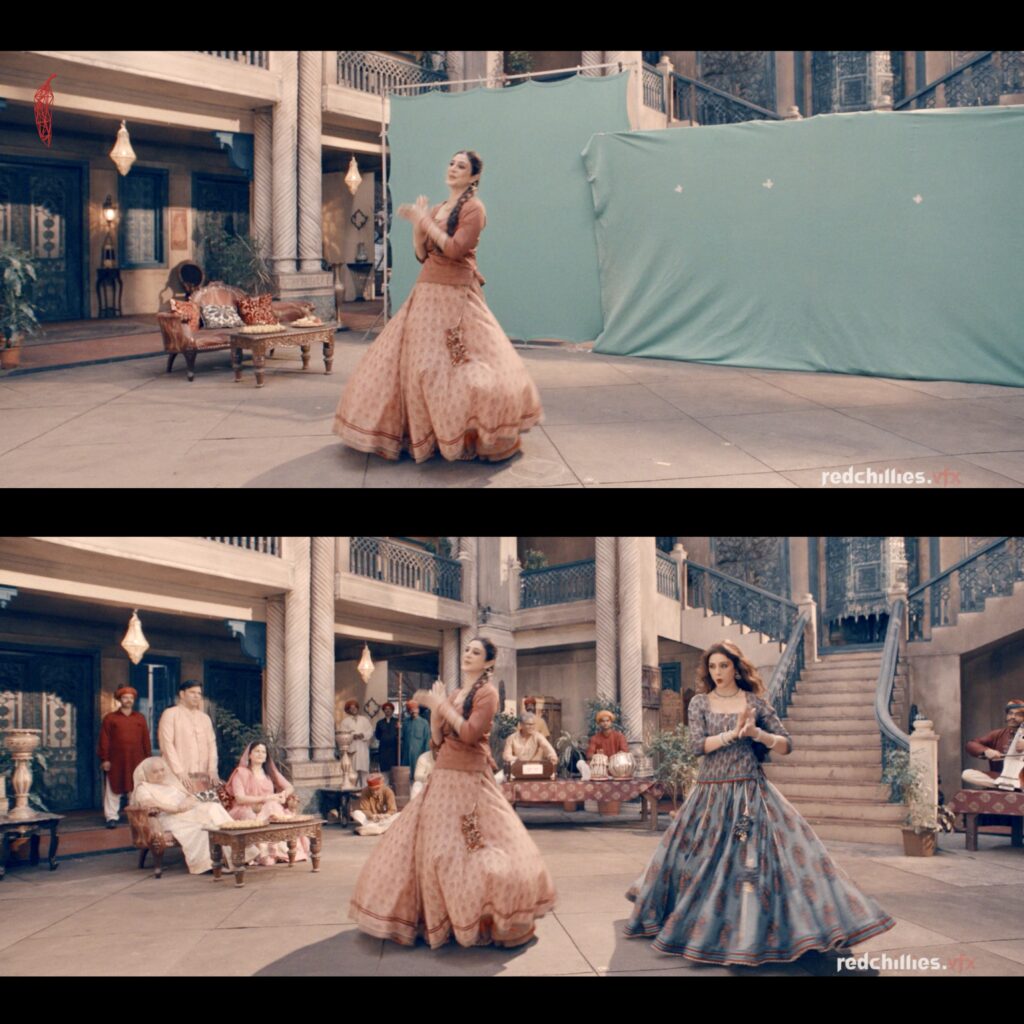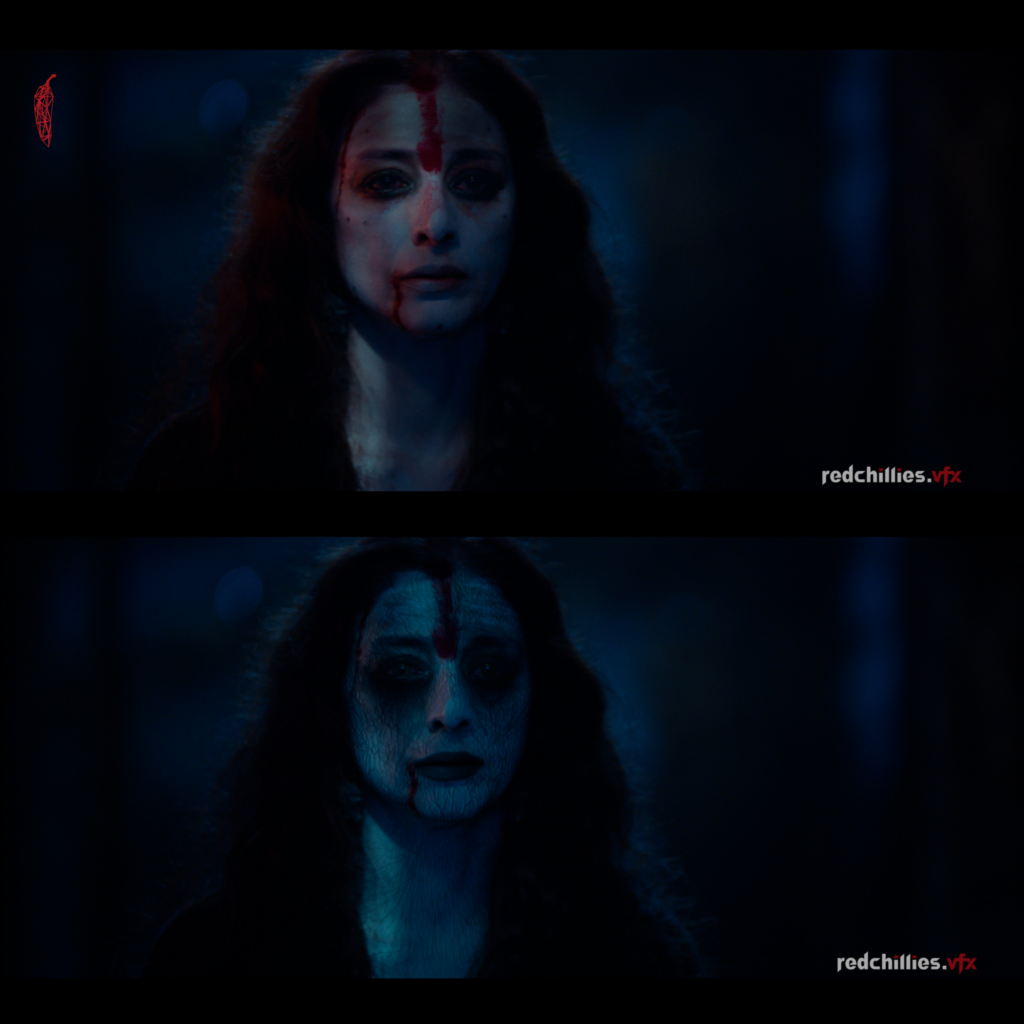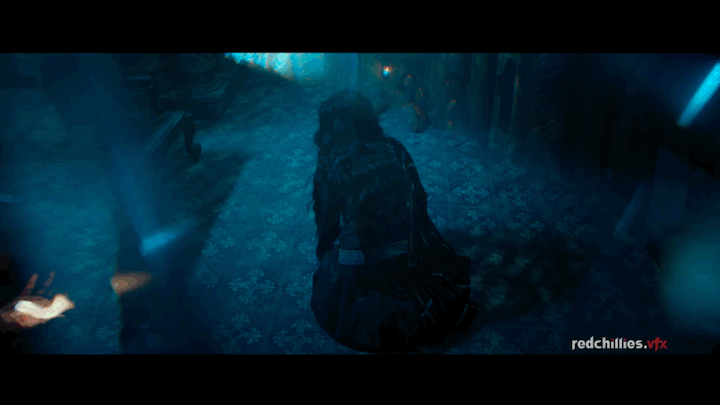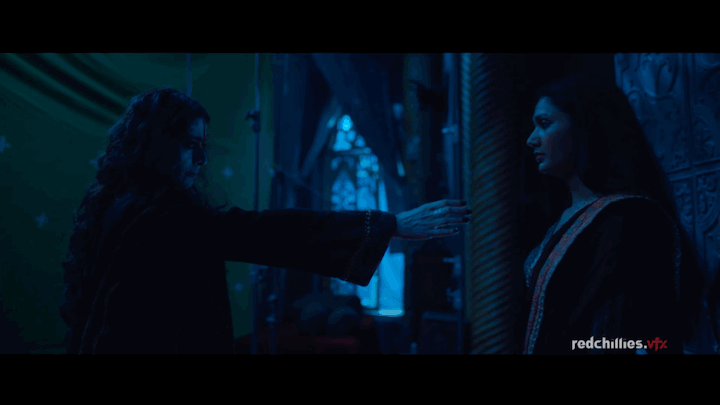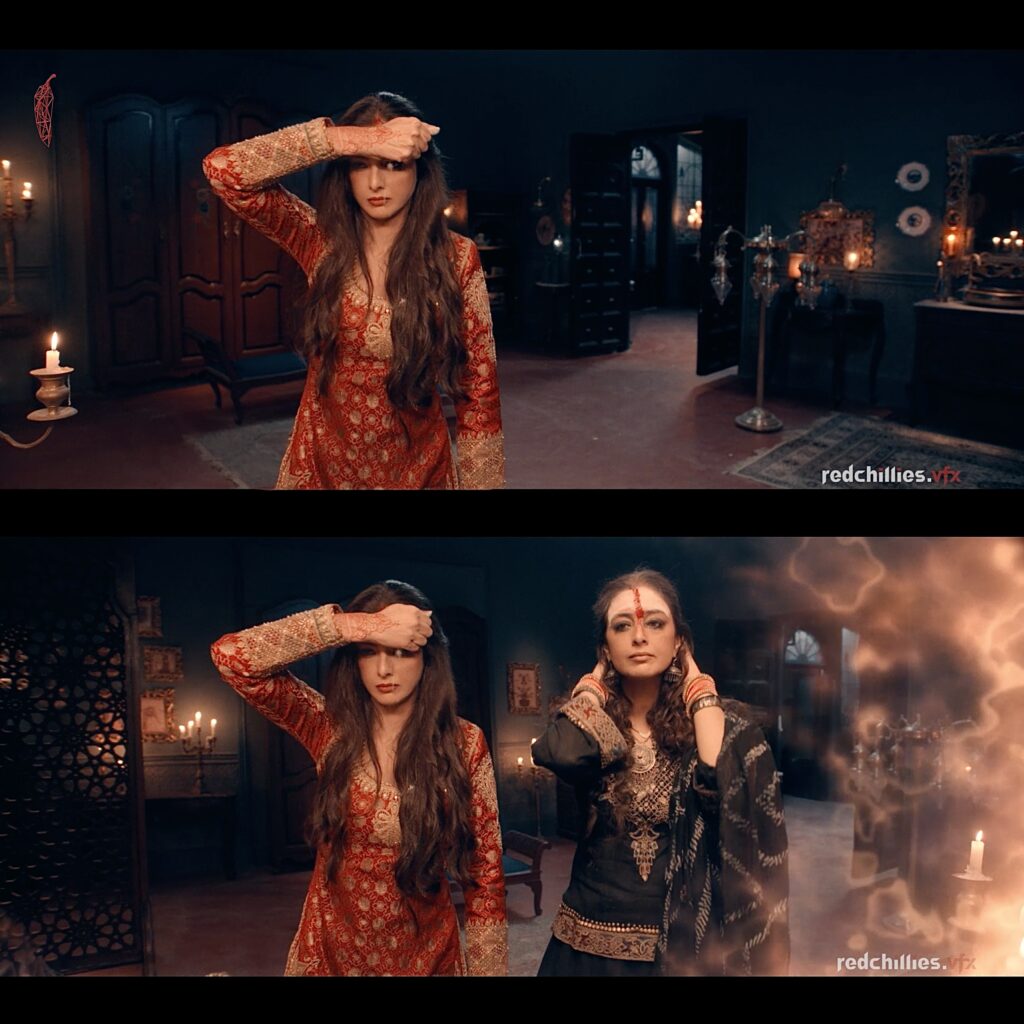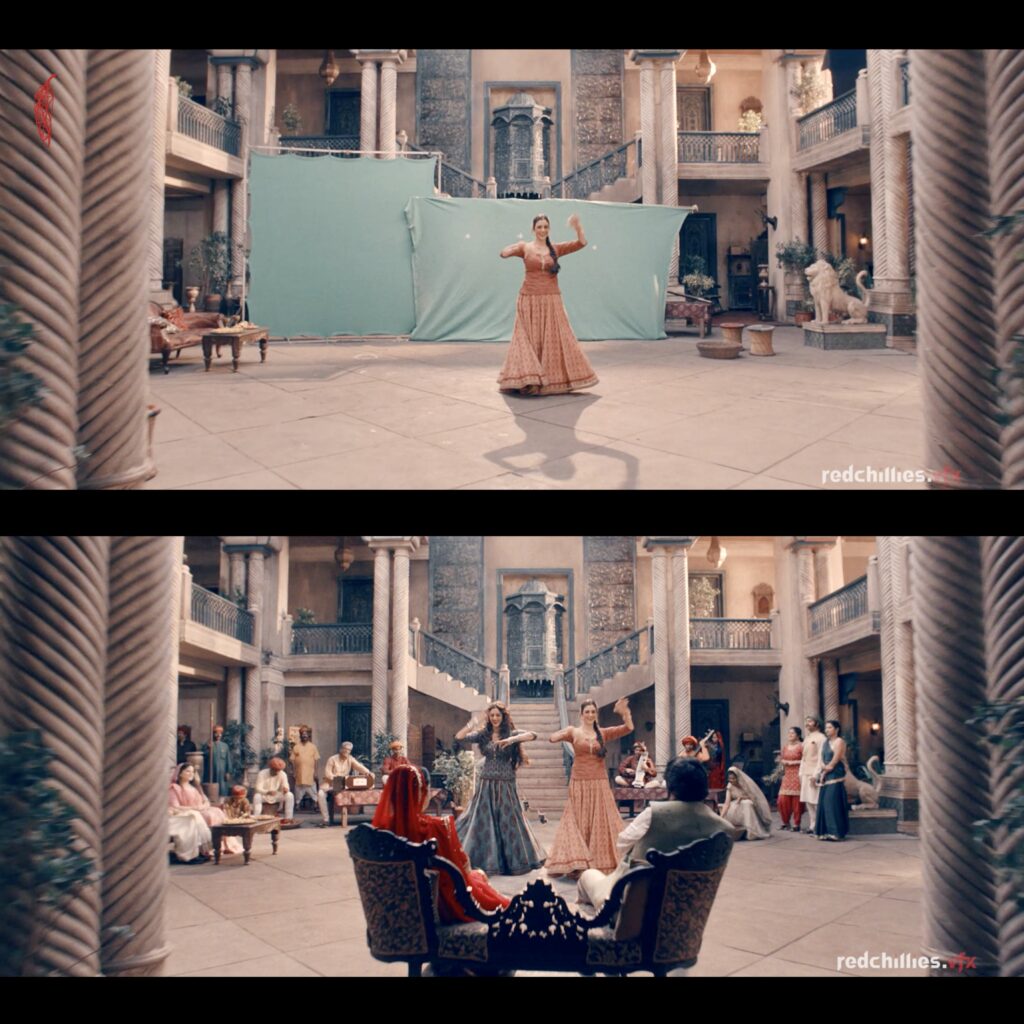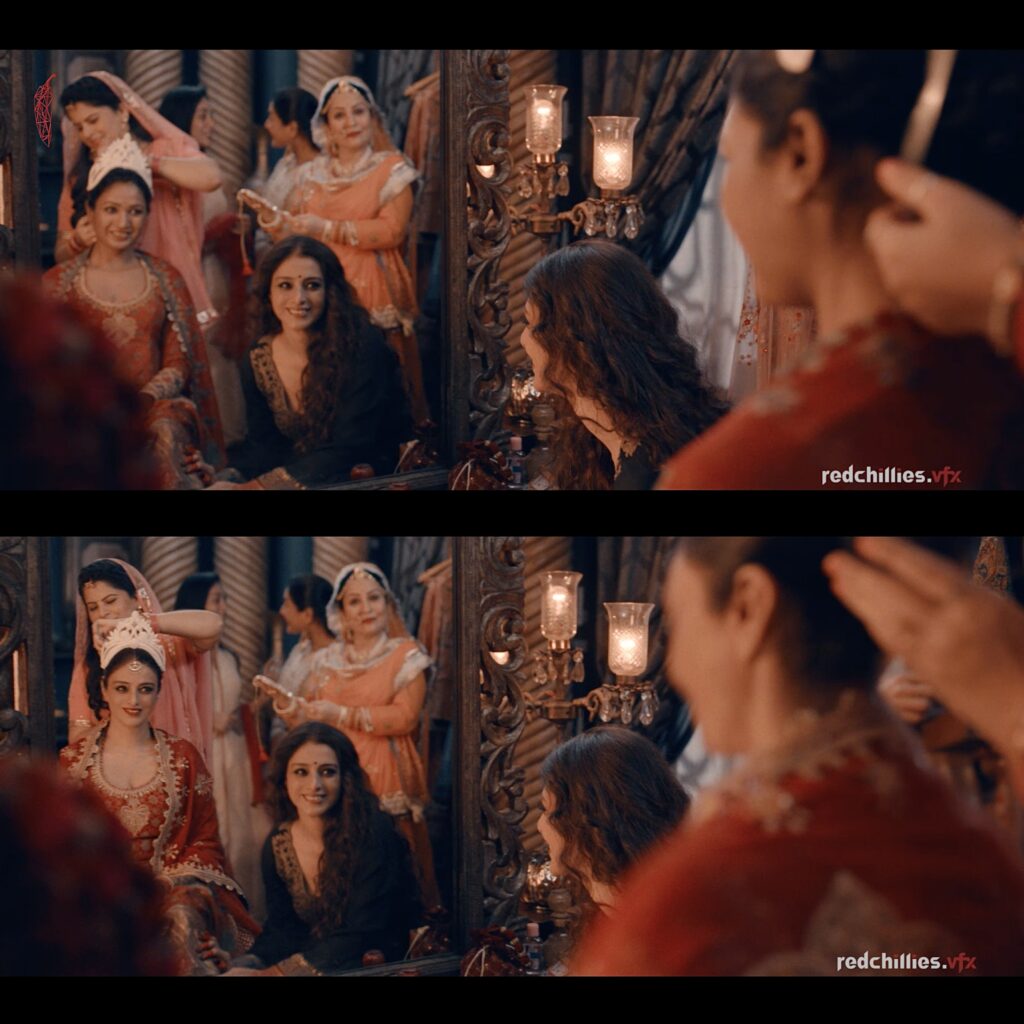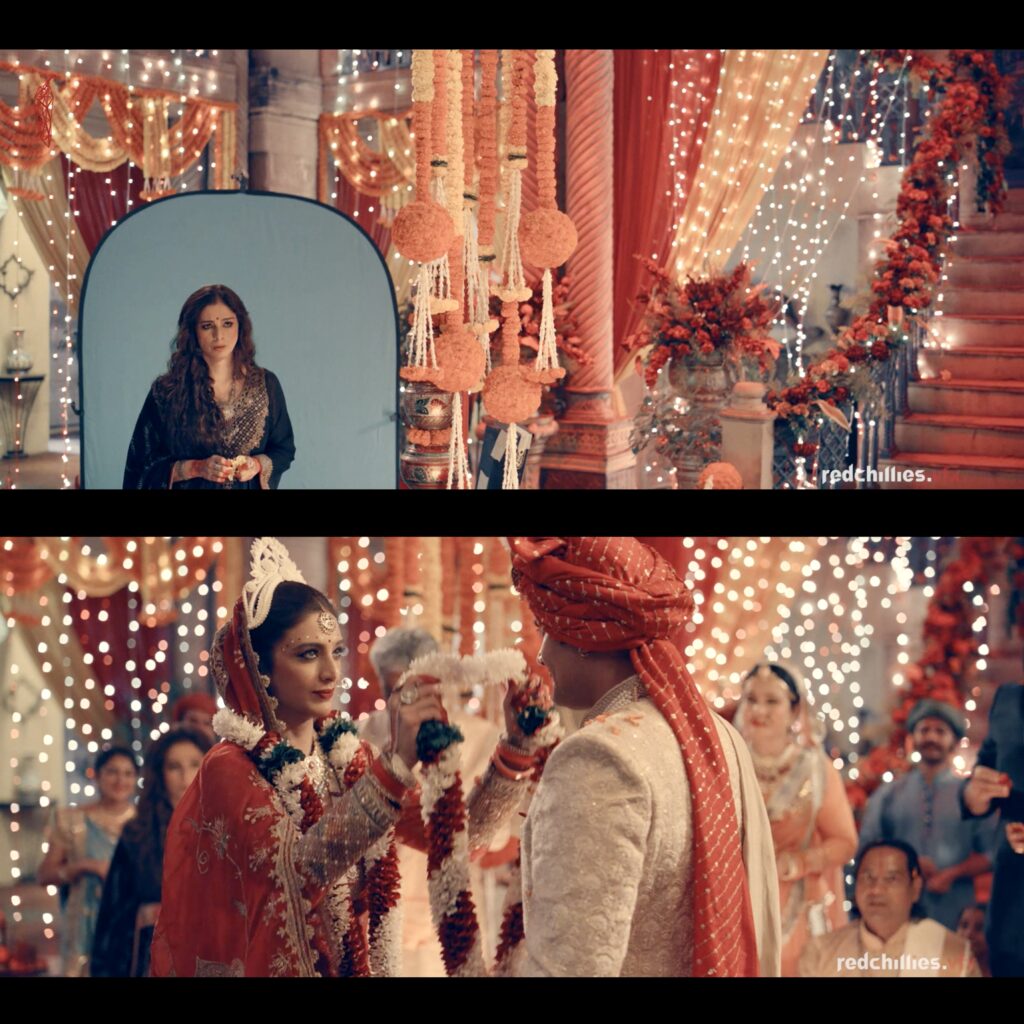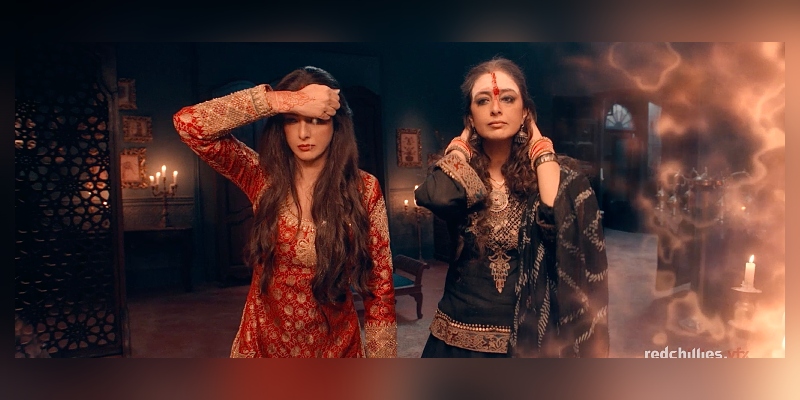
The horror comedy Bhool Bhulaiyaa 2 has turned out to be a great one in terms of the box office collection in the first half of 2022. Kartik Aaryan, Kiara Advani and Tabu starrer entertained audiences to the effect that it has earned around Rs 260 crores at the global box office. Apart from having a successful run at the box office, the film has garnered higher viewership on the OTT giant Netflix.
To give the desired spooky, mystic and thrilling effect, the studio behind the admirable visual effects in movies like Bulbbul, Zero, Shershaah, Redchillies.vfx (RCVFX) was brought on board. Being involved with the movie from the time the script was locked gave the RCVFX team the added advantage of pre-planning the creative sequences for the film. Over 100 artists at RCVFX delivered 1,500 VFX shots. They monitored and executed special sequences, apart from giving various scenes to other studios to work on.
While the first Bhool Bhulaiyaa was a psychological thriller, the sequel is a horror film hence had more visual effects scenes. To one’s surprise, RCVFX did not utilise any storyboarding or previs techniques for Bhool Bhulaiyaa 2. In an interaction with AnimationXpress, the RCVFX team shed light on several scenes in detail and the technology they have used to get the adequate look and feel for the scenes and characters.
Young Anjulika and Manjulika
The film has ample flashback scenes where the backstory of young twin sisters Anjulika and Manjulika, both portrayed by Tabu are shown. To create that RCVFX has used the digital de-aging technique in coordination with the makeup department.
Manjulika’s spooky look
Regarding the subtle ghostly look for Manjulika, the team mentioned, “Manjulika’s spooky makeup is fully created through VFX, only the base pale-toned skin layer was done on set with the help of the makeup department. We then designed the veins and the eye look using VFX, while consulting with director Anees Bazmee and DOP Manu Anand. The aim was, the final look shouldn’t be too horrifying so that the PG audience can also enjoy the scary scenes.”
It took them nearly a year to try different concepts and fix upon the look and they found it difficult to achieve a subliminal yet scary look at the same time.
Double role sequences
The film not only has one double role, instead it has a double role of both Tabu and Kartik Aaryan. To create those sequences RCVFX has used in-house techniques. The team elaborated, “Technocrane’s Technodolly Motion Control system was used to achieve the complex double role shots and to grab plates with the same camera movements. The TechnoDolly is a vastly growing tool in both live-action as well as Motion control scenes. It’s the first telescoping crane that allows for precise recorded or programmed repeating moves. It was quick to set up, extremely versatile, super quiet, fluid movement and very precise. The accurate re-runs we were able to do with Technodolly, enabled a smooth process of character duplication. We circumvented face replacements and preferred real actors in both the double role plates for better authentic results.”
It was technically challenging for the team to create double role scenes as it required efforts from both actors and the VFX team. Their main aim was to avoid face replacement in any of the double role scenes and the enhancement of the scenes and interaction was done in the post-production process.
Tantrik killing scene
The team shared an interesting fact about this scene. They said, “The scene was planned to be an exterior night sequence and instead of shooting at night, we decided to convert it to a day-to-night scene, to give it a surreal look. Usually, we shoot day-to-night shots in magic hours of the day, when stark sunlight or shadows are not visible, but for this sequence, we chose to give it a moonlit feel and then changed the entire sun into a moon with VFX.”
Overall it was a wonderful experience for RCVFX to work on the horror comedy directed by Anees Bazmee. He has been receptive to the use of VFX and adhered to challenges that have come his way during the filming process with regards to VFX. In future, the team is keen to work more on previs software. They said, “The use of the virtual production software for previs in a VFX pipeline is very exciting to us. Anything that brings us closer to a finished product before shooting, helps in a more crisper and structured VFX process.”
We are looking forward to what more RCVFX has to offer in future.

